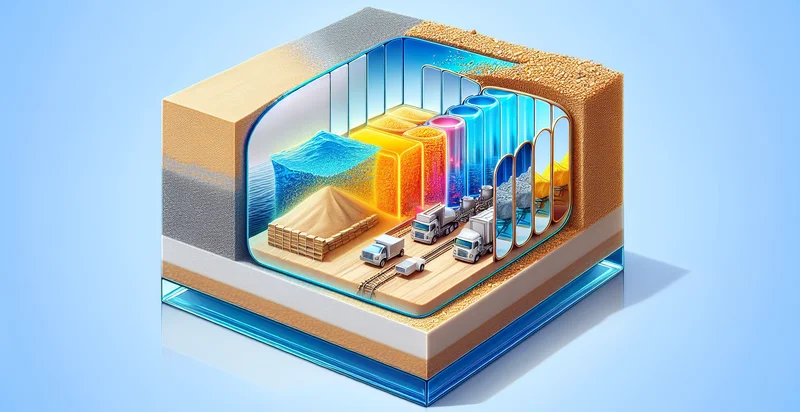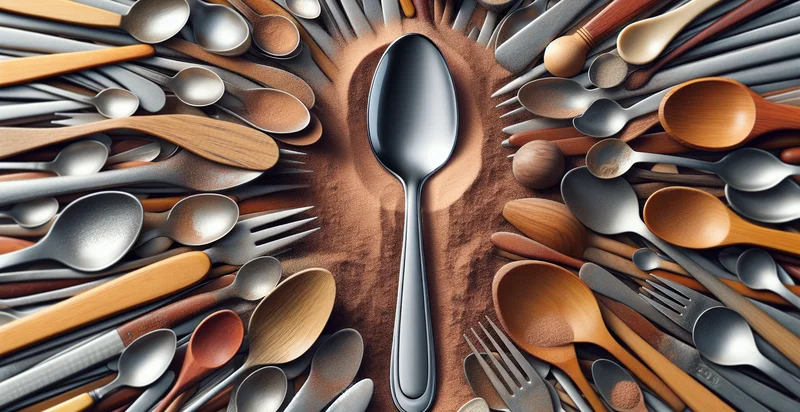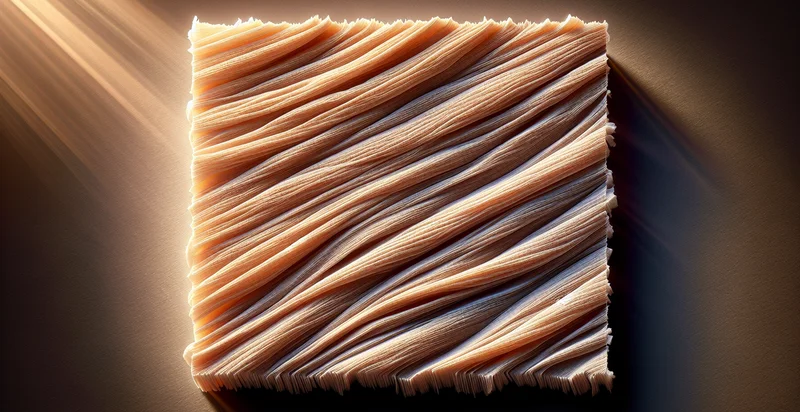Identify what material a clothespin is made from
using AI
Below is a free classifier to identify what material a clothespin is made from. Just upload your image, and our AI will predict what material a clothespin is made from - in just seconds.

Contact us for API access
Or, use Nyckel to build highly-accurate custom classifiers in just minutes. No PhD required.
Get started
import nyckel
credentials = nyckel.Credentials("YOUR_CLIENT_ID", "YOUR_CLIENT_SECRET")
nyckel.invoke("what-material-a-clothespin-is-made-from", "your_image_url", credentials)
fetch('https://www.nyckel.com/v1/functions/what-material-a-clothespin-is-made-from/invoke', {
method: 'POST',
headers: {
'Authorization': 'Bearer ' + 'YOUR_BEARER_TOKEN',
'Content-Type': 'application/json',
},
body: JSON.stringify(
{"data": "your_image_url"}
)
})
.then(response => response.json())
.then(data => console.log(data));
curl -X POST \
-H "Content-Type: application/json" \
-H "Authorization: Bearer YOUR_BEARER_TOKEN" \
-d '{"data": "your_image_url"}' \
https://www.nyckel.com/v1/functions/what-material-a-clothespin-is-made-from/invoke
How this classifier works
To start, upload your image. Our AI tool will then predict what material a clothespin is made from.
This pretrained image model uses a Nyckel-created dataset and has 9 labels, including Aluminum, Bamboo, Composite, Metal, Plastic, Resin, Rubber, Steel and Wood.
We'll also show a confidence score (the higher the number, the more confident the AI model is around what material a clothespin is made from).
Whether you're just curious or building what material a clothespin is made from detection into your application, we hope our classifier proves helpful.
Related Classifiers
Need to identify what material a clothespin is made from at scale?
Get API or Zapier access to this classifier for free. It's perfect for:
- Quality Control in Manufacturing: This function can be integrated into manufacturing lines to automatically identify the materials used in clothespins. By ensuring that only specified materials are used, manufacturers can maintain product quality and adherence to safety standards.
- Material Recycling Sorting: Waste management companies can use this function to identify and sort clothespins made from different materials. Accurate sorting aids in effective recycling processes and ensures that materials are processed correctly, promoting environmental sustainability.
- DIY Product Recommendations: E-commerce platforms could implement this function to provide additional product recommendations based on the material of clothespins. By understanding user preferences for certain materials, platforms can enhance user experience and boost sales of specific items.
- Supply Chain Management: Retailers can utilize this function to verify the material composition of clothespins received from suppliers. This ensures that they align with the product specifications, preventing costly errors and improving inventory management.
- Consumer Education: Smart home devices could incorporate this function to inform users about the material of clothespins they are using. Providing insights into material properties can help consumers make informed decisions regarding safety, durability, and environmental impact.
- Product Safety Compliance: Regulatory bodies or companies can deploy this identifier to check whether clothespin materials meet safety requirements and certifications. This helps in assessing compliance and avoiding potential recalls or legal issues due to hazardous materials.
- Market Research Analytics: Researchers can use this function to analyze market trends related to clothespin materials over time. Understanding consumer preferences and emerging material trends can guide product development and marketing strategies for manufacturers and retailers.


